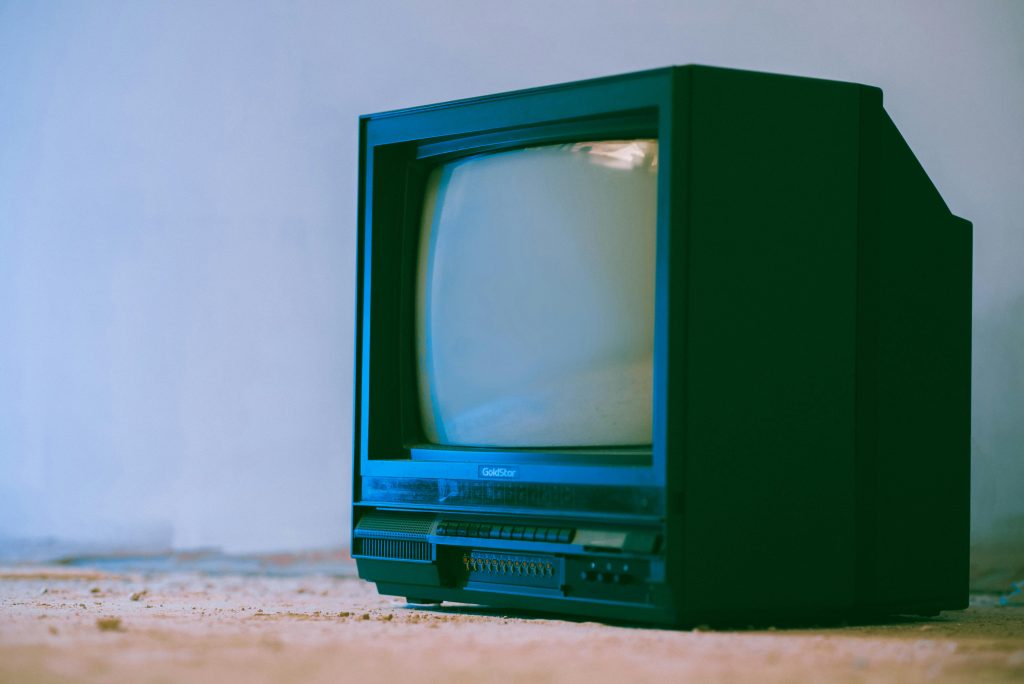Understanding and Resolving Intermittent Laptop Performance Issues: A Case Study
Introduction
Many Windows laptop users encounter sporadic performance drops that can be both perplexing and frustrating. This article explores a detailed case study of such an issue, highlighting systematic troubleshooting steps and potential solutions to improve device performance.
Case Overview
The user owns a Lenovo Legion 5 equipped with a Ryzen 7 4800H processor, NVIDIA GeForce GTX 1650 graphics, 16GB RAM, and is running Windows 10 Pro. The problem manifests after gaming sessions: the system experiences temporary stuttering across all operations, from gaming to basic navigation, with symptoms including delayed responsiveness in Windows Explorer, sluggish application launches, and delayed cursor movements. Notably, these performance issues persist even after closing resource-intensive applications, lasting approximately 15–20 minutes before resolving spontaneously.
Initial Troubleshooting Attempts
The user proactively attempted standard troubleshooting procedures:
-
Windows and driver updates for AMD and NVIDIA components
-
Cleaning temporary files and system caches
-
Monitoring system resource usage via Task Manager, which showed no abnormal spikes in CPU, GPU, or RAM
-
Conducting hardware diagnostics such as SSD health checks and Windows Memory Diagnostic, confirming hardware integrity
-
Running
sfc /scannowto repair system files, which repaired minor issues unrelated to the performance problem -
Verifying temperature levels, which remained within normal operational ranges (CPU: 40–80°C, GPU: 50–60°C)
Additional observations included:
-
CPU usage drops to about 4% during stuttering episodes
-
No overheating issues, and power management settings favor performance, with the device always plugged in
-
Rebooting temporarily alleviates the problem, but the issue recurs after 10–50 minutes of gameplay, especially during lighter or more demanding applications
Analysis and Discussion
Given the thorough initial diagnostics, the problem appears to be software or system behavior rather than hardware failure. Common considerations in such scenarios include:
-
Background Processes or Software Conflicts: Background applications may intermittently consume resources or interfere with system operations.
-
Driver or Firmware Anomalies: Despite updates, driver conflicts or firmware issues can cause transient performance drops.
-
Thermal or Power Management Anomalies: Even if temperatures are within limits, subtle thermal throttling or power settings might induce temporary performance dips.
-
Corrupted System Files or Operating System Conditions: Partially repaired corrupt system files or system misconfigurations
Share this content:



